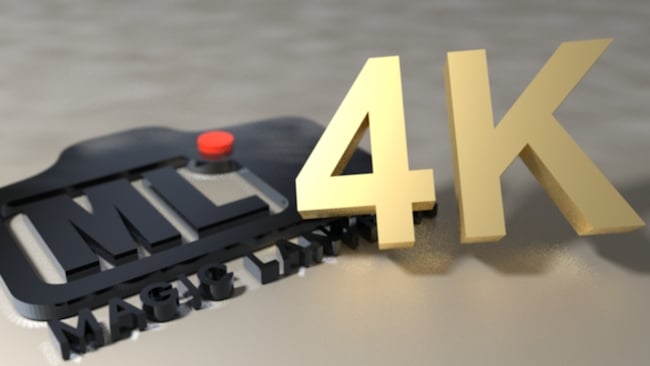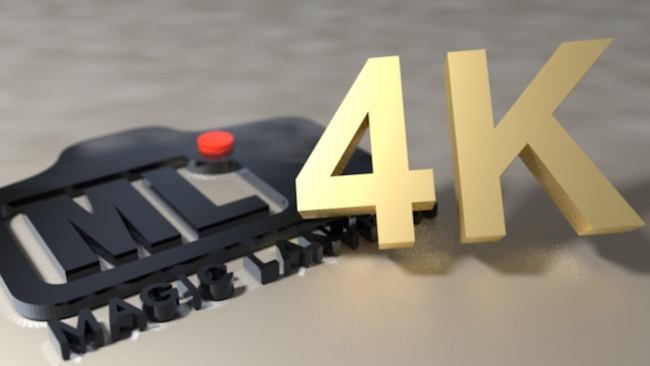
 4K on the 5D3? It's unstable but it can be done
4K on the 5D3? It's unstable but it can be done
Despite rather ‘foolishly' announcing it on April 1st, it seems that Magic Lantern has indeed managed to add the ability to record 4K RAW to the venerable Canon 5D Mk III.
Resolutions around the 4K mark from the last generation of Canon DSLRs have been spoken of since the cameras were the current generation. All the way back in 2014, there was a brief splash of excitement over the idea that someone had wrung four thousand horizontal pixels out of a 5D Mk. III, although it quickly emerged that the real story was about scaling HD material up to 4K, and enjoying the extra bandwidth allocated by YouTube to 4K images. That works, of course, but it isn't really 4K.
Now, reading carefully between the lines and filtering for the fact that it was released on April 1, Magic Lantern are talking seriously about resolutions significantly beyond HD and at frame rates suitable for sync sound live action. There's a need for a little caution here, as there aren't any modes which are at least 2160 high and are capable of sync sound rates; the highest resolutions capable of at least 24p are 4096 by 1440, which is a tough-to-use 2.9:1 aspect ratio, and a rather more useful 3840 by 1600, which is almost exactly cinemascope in shape and could reasonably be letterboxed into a UHD frame untouched. All of these are one-to-one crops of the 5D3's large 5760 by 3840 sensor, which should minimise aliasing, although the effective sensor size may end up being a little oddball depending on the post production cropping choices.
The option to shoot higher resolution than the final material is, of course, a very valid one, although a carefully-chosen post production workflow must be designed to maximise the benefit. The 5D3 is still a Bayer camera and scaling down will improve colour precision and sharpness without relying on over-aggressive demosaic algorithms; add that to the already very low noise of Canon's 22-megapixel sensor and the resulting pictures can be very, very, very high in sheer technical quality.
Even if your only exposure to this sort of thing is via YouTube videos, the benefits of low noise, and thus lower work for the video compression, are very visible.
This is, of course, to be balanced off against the sheer practicality of shooting this sort of video on a DSLR. Various Magic Lantern capabilities have gone through stages of working, not working, and working only after the runes have been cast, and the people who work on it fully understand this. As a1ex says of the new release: “This is only a very rough proof of concept. It has not been battle-tested and has many quirks. Some of them may be easy to fix, others not so.
The variable sensor size is an incidental benefit of this sort of thing, and the release also includes some new downscaled modes which average out groups of pixels from the sensor, facilitating the use of lenses with less coverage, or for a narrower field of view, or for a similar field of view with significantly easier focussing. The ability to alter sensor size on the fly, as commercialised mainly by JVC's excellent little GY-LS300 camera, is a considerable advantage given the need to cover a lot of different circumstances with a single camera.
Early attempts at 4K-wide video were of dubious reliability, often running out of steam after ten seconds or so, and of course even now the storage rates demand the largest, fastest, most expensive flash cards. While there are no points for effort when we're shooting for money, though, it's worth bearing in mind the Herculean reverse-engineering effort that's gone into creating Magic Lantern. Working out how to control a modern, high-performance piece of electronics without much in the way of documentation is a big job, and regardless of the results it's been an interesting project to watch. There are occasional, tantalising hints at future possibilities and intermittent breakthroughs.
What Canon think of these efforts is hard to say, but it's nice to think of a camera design team somewhere in Japan taking some satisfaction in the performance that's being wrought from their creation.
Tags: Production


Comments